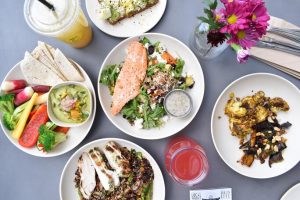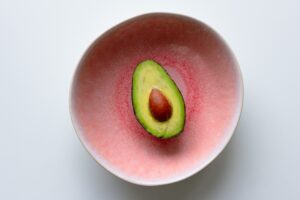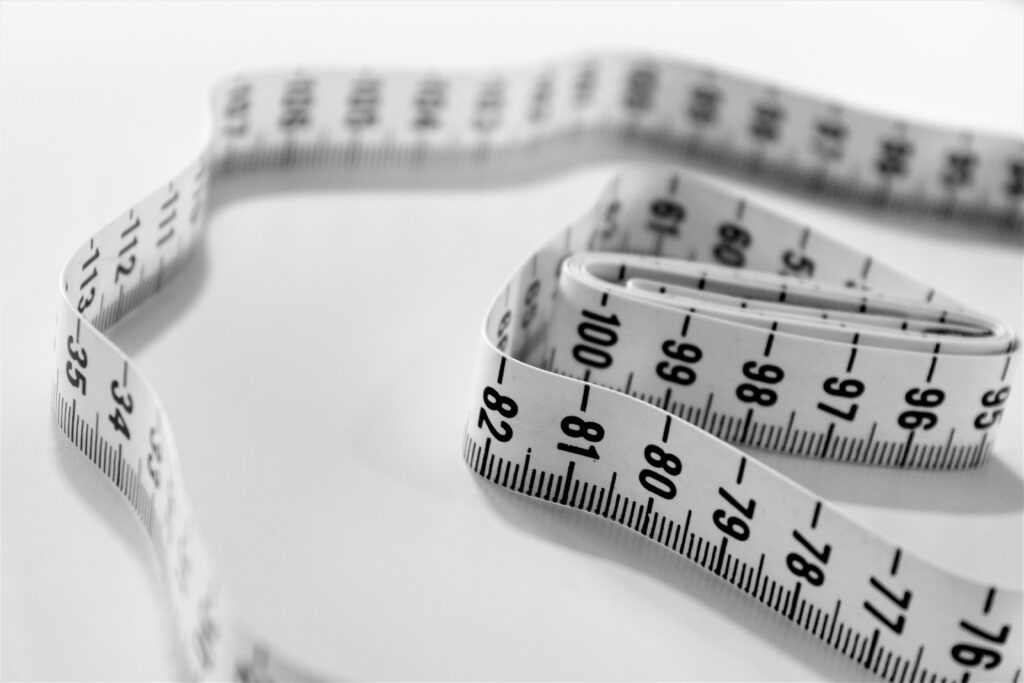Breaking the YoYo Diet Cycle: Two Transformative Tips for a Wholesome Lifestyle!
The relentless cycle of Yo-Yo dieting is a struggle many of us are familiar with. We embark on a stringent diet, see initial success, only to fall back into old habits and regain the lost weight, perpetuating a frustrating cycle. But what if we shifted our focus from diets to embracing a wholesome lifestyle? By making sustainable changes and shifting our mindset, we can break free from this cycle for good. Here are two transformative tips to help you on your journey towards a healthier, happier life.
 Tip 1. Shift your mindset from Diet to Lifestyle
Tip 1. Shift your mindset from Diet to Lifestyle
The most important tip to break the Yo-Yo diet cycle is to shift the mindset from a temporary diet mentality to a long-term lifestyle approach. Rather than viewing health and wellness as a short-term goal, one should strive to make sustainable changes that become ingrained in daily lives.
Instead of focusing solely on weight loss, one should prioritize overall well-being and vitality as well. This means setting realistic goals that go beyond the number on the scale, such as improving energy levels, enhancing mood, or reducing stress. By shifting focus to holistic health, one can create a more fulfilling and sustainable lifestyle.
It’s essential to recognize that lasting change takes time and patience. Rather than seeking quick fixes or instant results, one should commit to gradual, sustainable progress. This might involve making small, incremental changes to habits and routines, rather than attempting drastic overhauls overnight.
Building a support system can also be instrumental in shifting mindset towards a healthier lifestyle. Surrounding ourselves with like-minded individuals who support and encourage our goals can provide accountability and motivation. Whether it’s joining a fitness class, finding a workout buddy, or connecting with online communities, having a support network can make all the difference in staying committed to our health journey.
Furthermore, practicing self-compassion is essential on this journey. We’re all human, and slip-ups are inevitable. Instead of berating ourselves for perceived failures, we
should approach setbacks with kindness and understanding. Each day is an opportunity to make positive choices that align with our values and goals.
By shifting our mindset from dieting to embracing a holistic lifestyle, we can break free from the Yo-Yo diet cycle once and for all. By prioritizing wholesome eating habits and adopting a long-term approach to health and wellness, we can cultivate a happier, healthier, and more fulfilling life. Remember, it’s not about perfection, but progress. So, embrace the journey, celebrate your successes, and keep moving forward towards a life of vitality and well-being.
Tip 2. Embrace wholesome eating habits:
The second step in breaking the Yo-Yo diet cycle is to shift our focus from restrictive diets to wholesome eating habits. Instead of viewing food as the enemy or restricting ourselves to certain foods, we should aim to nourish our bodies with wholesome, nutrient-dense foods. This means incorporating a variety of fruits, vegetables, whole grains and other high quality carbohydrates, lean proteins, and healthy fats into our diet.
One approach to wholesome eating is to adopt the 80/20 rule, where 80% of our diet consists of nutritious, whole foods, and the remaining 20% is reserved for treats. This allows for flexibility and enjoyment while still prioritizing nutrient-rich foods. Rather than depriving ourselves of the foods we love, we can focus on moderation and balance.
Meal planning and preparation are key components of wholesome eating. By planning and preparing meals ahead of time, we can avoid impulsive food choices and ensure that we have nutritious options readily available. This not only saves time and money but also helps us stay on track with our health goals.
Moreover, mindful eating practices can help us develop a healthier relationship with food. Taking the time to savor and appreciate each bite allows us to tune into our body’s hunger and fullness cues, preventing overeating and promoting satisfaction.
By embracing wholesome eating habits, we can nourish our bodies, improve our overall health, and break free from the restrictive mindset of traditional diets.
If you want more guidance on nutrition and what you need to do to break free from Yo-Yo dieting or establish a healthy eating pattern, email Jalpa to set up a consultation!
Jalpa is a registered dietitian and nutritionist with a Master’s degree in Health & Nutrition from Brooklyn College, CUNY in New York. She also holds a Certificate of Training in Adult Weight Management through the Academy of Nutrition & Dietetics, CDR.
Related Articles:














 The Power of Exercise Routine
The Power of Exercise Routine


 Find 5 minutes (3-4x a week) where you go into a dark spot, turn your notifications off, and set a timer. Just sit and breathe for those 5 minutes. Let your body completely relax and take a full break from everything going on. Even moms with littles can do this for 5 minutes. No excuses!
Find 5 minutes (3-4x a week) where you go into a dark spot, turn your notifications off, and set a timer. Just sit and breathe for those 5 minutes. Let your body completely relax and take a full break from everything going on. Even moms with littles can do this for 5 minutes. No excuses!
